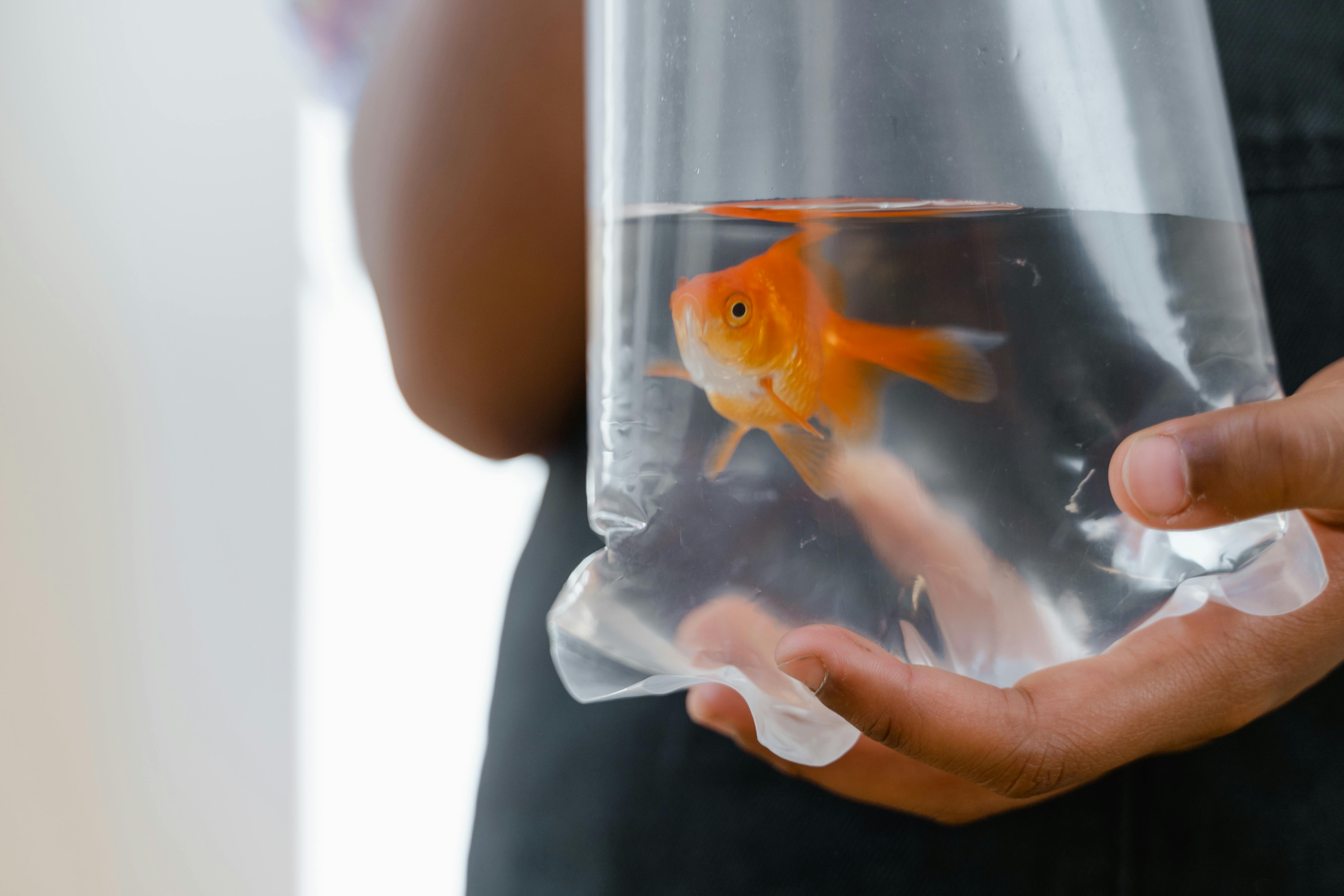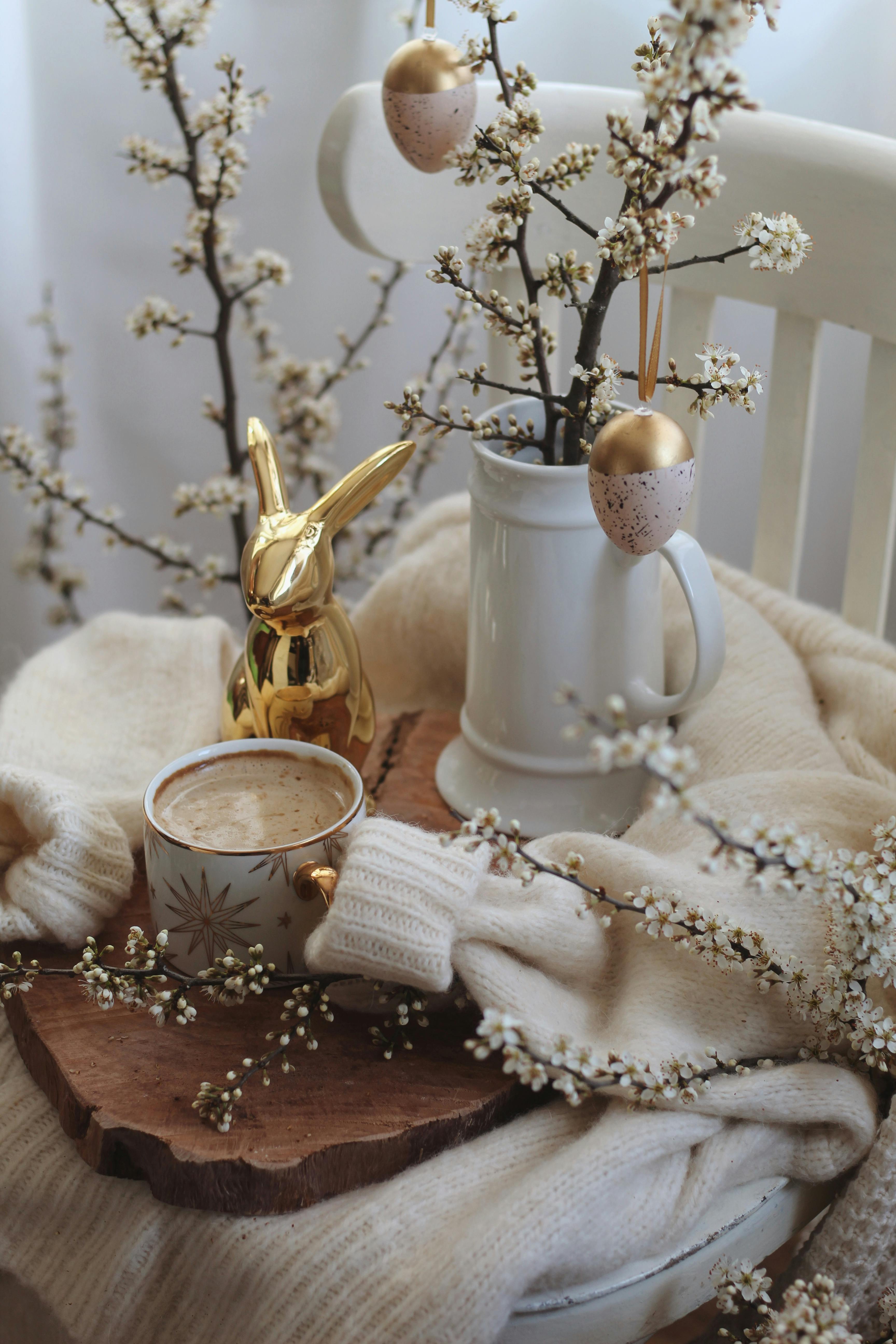
Smart Ways to Optimize Polar Parrot Fish Habitats in 2025
As enthusiasts and caretakers of polar parrot fish delve deeper into aquatic ecosystems, optimizing habitats for these spectacular fish has become paramount. Polar parrot fish, known for their vibrant colors and unique behaviors, require specific environmental conditions that mimic their natural habitats. This article explores effective strategies for creating the ideal polar parrot fish habitats, understanding their care needs, and ensuring their well-being in community aquariums.
Benefits of adequately optimizing fish habitats not only enhance the health and growth rates of polar parrot fish but also contribute positively to their social behavior and breeding practices. By focusing on aspects such as tank setup, water conditions, and tank mates, fish enthusiasts can ensure a thriving environment for these fascinating creatures.
Through this piece, we will cover essential topics including optimal tank sizes, water quality parameters, feeding habits, and effective techniques for breeding and maintaining polar parrot fish. A preview of critical takeaways will guide you on how to create sustainable and comfortable habitats for these exquisite fish.
Understanding Polar Parrot Fish Habitat Requirements
To effectively care for polar parrot fish, understanding their habitat requirements is vital. These fish thrive in environments that mimic their natural surroundings, which include coral reefs and rocky substrates. Polar parrot fish need ample space to swim and explore, making it essential to choose an appropriately sized tank.
Optimal Tank Size and Setup
The suitable tank size for polar parrot fish generally starts at 75 gallons, as these fish can grow quite large. Providing sufficient swimming space allows for natural behaviors and reduces stress. The tank setup should include rocky hiding spots and open areas for swimming, imitating their habitat in the wild.
Incorporating aquatic plants can help maintain water quality and provide additional hiding places. Suitable substrate options include coarse sand or small gravel, appropriate for their foraging behavior. Utilizing a combination of live rock and artificial decorations creates a visually appealing environment.
Water Conditions and Parameters
Maintaining optimal water conditions is crucial for the health of polar parrot fish. Ideal pH levels range between 8.0 and 8.4, simulating the natural marine environments where these fish are found. Regular water changes are necessary to keep ammonia and nitrate levels low, as these can lead to health issues.
Polar parrot fish thrive in temperatures between 75°F and 82°F. Implementing reliable tank filtration systems helps in regulating water quality and ensures a stable environment. Regular water testing can aid in monitoring parameters, preventing any adverse changes in conditions.
Feeding Polar Parrot Fish for Optimal Health
Proper nutrition is a cornerstone of polar parrot fish care. These fish are primarily herbivorous but will also consume small invertebrates. Providing a varied diet ensures balanced nutrition, enhancing growth and overall health.
Choosing the Right Diet
The best food for polar parrot fish includes high-quality pellets designed for marine herbivores, supplemented with fresh vegetables like spinach and seaweed. There are also specialized diets available that target the nutritional needs of polar parrot fish.
Feeding habits should be structured into multiple small meals daily to mimic their natural foraging behavior. This feeding strategy enhances digestion and decreases waste products, contributing to better water quality.
Signs of Healthy Eating and Common Dietary Issues
Healthy polar parrot fish exhibit active foraging behavior and a strong appetite. Watch for signs of stress or illness, such as reduced eating or abnormal swimming patterns, and adjust their diet accordingly. Avoiding overfeeding is crucial, as it can lead to bloating and other health complications.
Tank Mates and Compatibility in Community Aquariums
The social behavior of polar parrot fish makes them pleasant additions to community tanks, provided that appropriate tank mates are chosen. Understanding fish compatibility enhances the likelihood of successful cohabitation in an aquarium setting.
Choosing Compatible Fish Species
When selecting tank mates, consider other species that share similar environmental and dietary needs. Suitable options include other herbivorous fish or peaceful community species. Avoid aggressive fish or those that occupy the same feeding niches, as this can lead to conflicts.
Always research potential tank mates' behavior and requirements before introducing them into the tank. Polar parrot fish generally thrive in a peaceful community, allowing them to display their vibrant colors and social interactions.
Community Tank Dynamics and Social Behavior
Observing polar parrot fish in community tanks can provide insight into their social behaviors. They often display territorial actions; therefore, providing ample space and hiding spots is essential to minimize potential conflicts.
Breeding Polar Parrot Fish: Techniques and Care
Breeding polar parrot fish presents an exciting opportunity for aquarists. Understanding their breeding process and care requirements can enhance successful reproduction in captivity.
The Breeding Process and Environmental Setup
Polar parrot fish typically require special conditions for breeding, including slightly elevated water temperatures and specific substrate types. Setting up a separate breeding tank can help minimize stress and disruptions from tank mates.
Provide suitable flat surfaces for the female to lay eggs. Monitoring water quality and ensuring appropriate tank conditions during the breeding period will greatly influence the success rate of the eggs.
Egg Care and Fry Rearing
During the incubation period, eggs should be monitored closely. The fry are highly sensitive and require specific nutritional needs, including fine powdered food or specialized fry food. Regular water changes are essential to maintain a healthy environment for the developing fry.
Conclusion: Ensuring a Thriving Environment for Polar Parrot Fish
Optimizing polar parrot fish habitats involves understanding their specific needs, creating the right environment, and ensuring proper care throughout their lives. With appropriate tank setups, diets, compatible tank mates, and breeding practices, aquarists can support these vibrant fish in thriving both socially and physically. By implementing the strategies discussed in this article, hobbyists play an important role in preserving the health of these unique creatures while also contributing to marine conservation and biodiversity efforts.

 ```
```